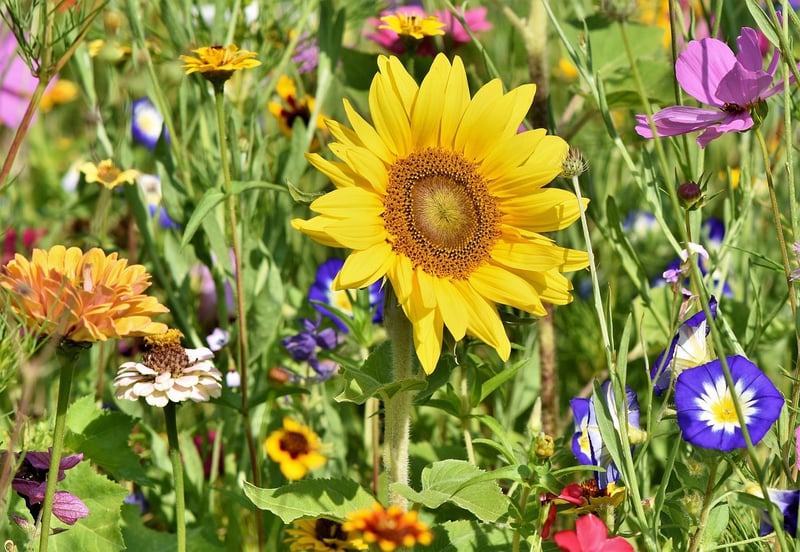Watering Guidelines
Choosing the Right Plants for Your Garden
Creating a beautiful and thriving garden starts with selecting the right plants that suit your space, climate, and level of gardening experience. Here are some essential tips to help you choose the perfect plants for your garden:
Sunlight Requirements
Consider the amount of sunlight your garden receives daily. Some plants thrive in full sun, while others prefer partial shade or full shade. Make sure to match the sunlight requirements of the plants with the conditions in your garden.
Climate Compatibility
Choose plants that are suitable for your climate zone. Some plants are more cold-hardy, while others thrive in warmer temperatures. Research the USDA plant hardiness zones to determine which plants are best suited for your area.
Soil Type
Understand the type of soil in your garden - whether it's sandy, clayey, or loamy. Different plants have specific soil preferences, so select plants that will grow well in your soil type. You can improve your soil quality with compost or other amendments if needed.
Watering Needs
Consider the watering needs of the plants you choose. Some plants require frequent watering, while others are more drought-tolerant. Matching the watering requirements of the plants with your watering habits can help maintain a healthy garden.
Watering Guidelines for Your Garden
Watering Frequency
Water your plants deeply but less frequently to encourage deep root growth. In general, most plants need about 1 inch of water per week, either from rainfall or irrigation. However, this can vary depending on the plant type and weather conditions.
Time of Day
Water your plants in the early morning to reduce evaporation losses and allow the foliage to dry during the day, minimizing the risk of diseases. Avoid watering in the evening as wet foliage overnight can promote fungal growth.
Watering Techniques
Use a watering can, hose, or drip irrigation system to water your plants at the base to deliver water directly to the roots. Avoid watering the foliage to prevent diseases and ensure efficient water uptake by the plants.
Monitor Plant Needs
Pay attention to signs of overwatering or underwatering such as yellowing leaves, wilting, or mold growth. Adjust your watering schedule accordingly to meet the specific needs of each plant in your garden.
By selecting the right plants and following proper watering guidelines, you can create a vibrant and healthy garden that flourishes throughout the seasons.


